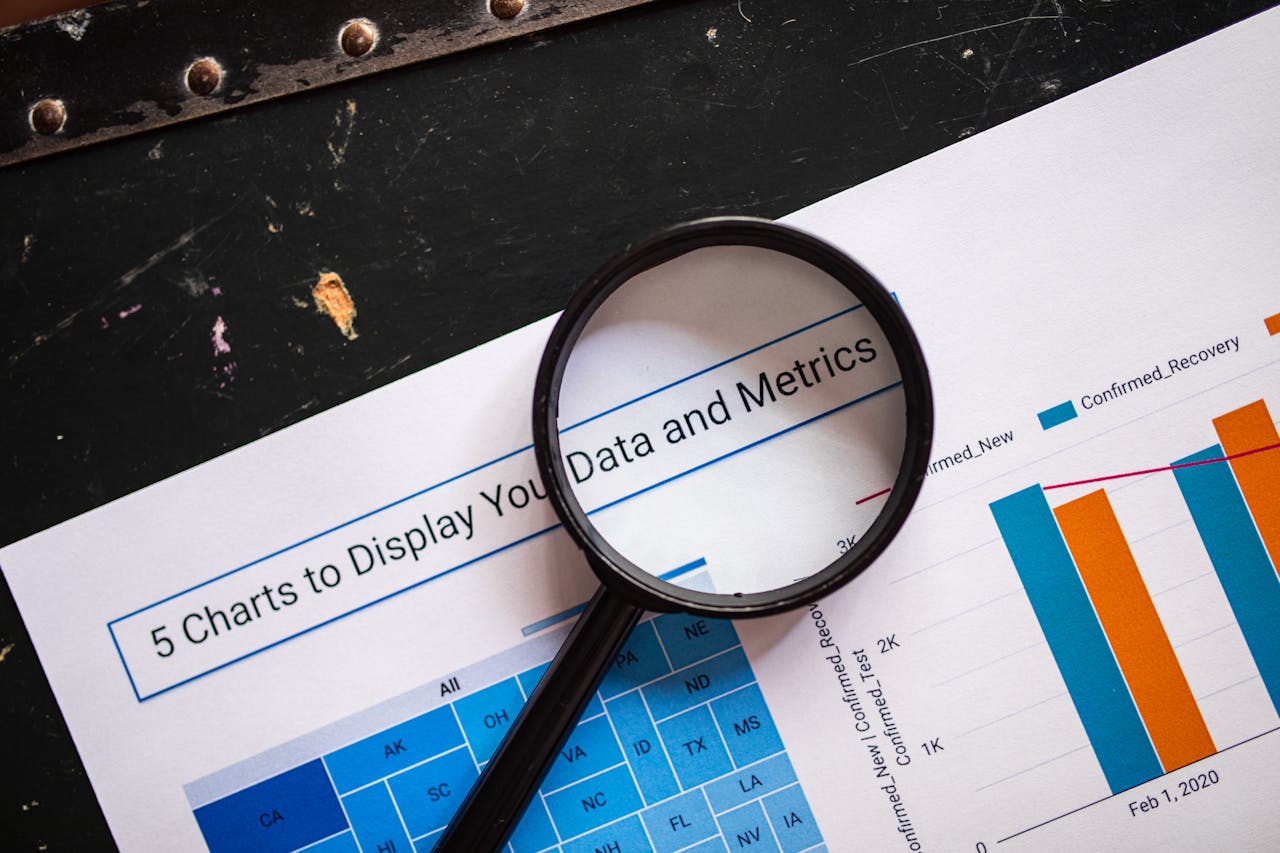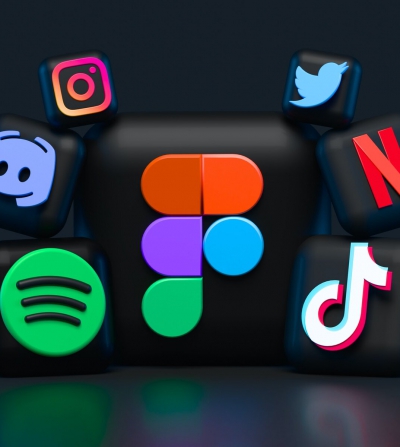The Convergence of PR and Content Marketing
Public relations and content marketing share a common foundation: storytelling that connects with audiences and builds lasting relationships. When organizations break down the traditional silos between PR and content teams, they create opportunities for more impactful communication that resonates across all channels. According to the Content Marketing Institute, companies with integrated PR and content strategies see 72% higher ROI compared to those who keep these functions separate. This comprehensive approach allows brands to maintain consistency while adapting their narrative for different platforms and audiences. By aligning PR efforts with content marketing initiatives, organizations can create a unified brand voice that speaks authentically to stakeholders at every touchpoint.
PR and content marketing have distinct yet complementary roles in modern communications. PR focuses on building and maintaining relationships with media, stakeholders, and the public, while content marketing aims to attract and retain audiences through valuable, relevant content. When these disciplines work together, they create a multiplier effect that amplifies messages and builds stronger connections with target audiences.
Integrating Storytelling Across PR, Blogs, and Branded Content Public...
Personal Branding: A CEO’s Most Powerful Asset
Personal branding stands as one of the most significant factors in executive success today. While companies invest millions in corporate branding, many overlook the immense value of their leadership’s personal brands. Research shows that 82% of consumers trust a company more when its executives maintain an active social media presence. This trust translates directly into business results – from attracting top talent to closing major deals. The data makes it clear: executive personal branding isn’t just about individual reputation anymore – it’s a critical business driver that impacts the entire organization.
When Microsoft CEO Satya Nadella speaks about artificial intelligence or posts thought leadership content on LinkedIn, he doesn’t just build his own following – he creates tangible value for Microsoft. His personal brand helps position Microsoft as an AI leader and attracts both customers and talent. The same pattern plays out across industries – strong executive brands correlate with stronger company performance.
Personal branding stands as one of the most significant factors in executive...
Measuring PR Effectiveness: A Complete Guide to Modern Tools and Metrics
Public relations measurement has evolved significantly with the rise of digital media and advanced analytics tools. PR professionals now have access to sophisticated software and metrics that can demonstrate the real impact of their campaigns on business objectives. Modern measurement goes far beyond simple press clip counting, allowing teams to track everything from social media engagement to lead generation. This comprehensive transformation in PR measurement enables practitioners to prove ROI more effectively than ever before, while also providing actionable insights to optimize future campaigns.
PR measurement has come a long way from the days of manually tracking press clippings and estimating advertising value equivalency (AVE). Today’s measurement landscape incorporates multiple data sources and sophisticated analysis tools that provide deeper insights into campaign performance. This shift reflects the changing nature of media consumption and the need for more accurate ROI tracking.
Public relations measurement has evolved significantly with the rise of digital...
How Brands Are Making Social Responsibility Core To Their PR Strategy
Social responsibility has moved from a “nice to have” to a business imperative. Today’s consumers demand authentic commitment to diversity, inclusion, and social impact from the brands they support. Companies that meaningfully integrate social responsibility into their PR efforts build deeper connections with audiences and strengthen their market position. The most successful brands recognize that surface-level gestures fall flat – real impact requires embedding social responsibility throughout their communications strategy.
The foundation of socially responsible PR starts with genuine commitment to diversity and inclusion within organizations. Companies must look beyond performative statements and create lasting change through concrete actions. Nike demonstrates this through consistent investment in diverse athlete representation and support for social justice causes. Their “You Can’t Stop Us” campaign united athletes across backgrounds while addressing systemic inequalities.
Social responsibility has moved from a "nice to have" to a business imperative....
AI in Public Relations: The New Standard for Media Intelligence and Campaign Management
Public relations has entered a new era where artificial intelligence shapes how we monitor, analyze, and distribute content. At 5WPR, we’ve seen firsthand how AI tools transform traditional PR practices into data-driven, real-time operations that deliver measurable results. The integration of AI into PR workflows has moved beyond simple automation – these systems now function as intelligent partners that strengthen decision-making and campaign performance. This shift represents a fundamental change in how PR professionals work, allowing them to focus on strategy and creativity while AI handles time-consuming tactical tasks.
Media monitoring has evolved from manual tracking to sophisticated AI systems that scan millions of online conversations instantly. These tools process news articles, social media posts, and blog content to provide immediate insights about brand mentions and industry trends. AI monitoring platforms can be used to track client coverage across traditional and digital media, catching emerging stories before they gain momentum.
Public relations has entered a new era where artificial intelligence shapes how...
PR Lessons From Companies Navigating Environmental Messaging: Authenticity Vs. Greenwashing
Companies face mounting pressure to demonstrate their commitment to environmental responsibility, but the path between authentic sustainability messaging and accusations of greenwashing grows narrower each year. At 5WPR, we’ve observed firsthand how brands struggle to communicate their environmental initiatives effectively while maintaining credibility with increasingly skeptical consumers. The stakes couldn’t be higher – one misstep in environmental messaging can trigger immediate backlash and long-lasting reputation damage. This reality demands a sophisticated understanding of how to craft and deliver sustainability communications that stand up to intense scrutiny.
The consequences of mishandling environmental messaging extend far beyond temporary PR headaches. H&M learned this lesson in 2022 when the company faced a class-action lawsuit over allegedly misleading sustainability claims in its Conscious Choice collection. The fashion retailer’s experience highlights how environmental messaging mishaps can lead to legal action, consumer trust erosion, and significant financial losses.
Companies face mounting pressure to demonstrate their commitment to...
Social Media-Driven PR: Building Brand Success Across Digital Platforms
Social media has fundamentally changed how brands connect with their audiences, shifting public relations from traditional press releases to real-time, multi-platform engagement. PR professionals now manage an intricate mix of content creation, community management, and crisis response across platforms like TikTok, Instagram, and LinkedIn. This evolution demands a strategic approach that combines data-driven insights with platform-specific storytelling. The most successful PR campaigns today integrate social media not just as a distribution channel, but as a core element of their communication strategy.
PR measurement has moved far beyond simple metrics like impressions and reach. Modern analytics tools provide granular insights into audience behavior, sentiment, and engagement patterns. Tools like Brandwatch and BuzzSumo help PR teams track mentions, analyze sentiment, and identify trending topics across platforms.
Social media has fundamentally changed how brands connect with their audiences,...
How Brands Are Using Micro and Nano-Influencers to Build Trust and Drive Results
Social media marketing has shifted dramatically in recent years, with brands moving away from celebrity endorsements toward partnerships with smaller, more focused content creators. At 5WPR, we’ve seen firsthand how micro-influencers (10,000-100,000 followers) and nano-influencers (1,000-10,000 followers) generate exceptional results for our clients through authentic connections with their audiences. These creators achieve engagement rates up to 8.7% compared to just 1.7% for mega-influencers, while costing significantly less per partnership. The data shows why more brands are restructuring their social strategies around these smaller but mighty voices.
When MAC Cosmetics wanted to connect with makeup enthusiasts in specific metropolitan areas, they partnered with local beauty nano-influencers rather than national names. The results validated this targeted approach – their micro-influencer content saw 3x higher engagement than posts from macro-influencers, at just a fraction of the cost.
Social media marketing has shifted dramatically in recent years, with brands...











